10 Gigabit optical transceiver has a data rate of 10Gbps, packaging in SFP+. 10g sfp+ transceiver is widely used in 10 Gigabit Ethernet, SDH optical transmission networks, WDM wavelength division multiplexing system engineering, and single-fiber bidirectional system engineering. SFP+ module has better shielding effect than SFP and has a DOM function, which can realize real-time monitoring for 10g sfp+ module's normal operating.
We offer different kinds of products, such as sfp+ 850nm, sfp+ 10g 1310nm 10km, gbic 10gb 40km, 10 gigabit sfp and so on. Buy from 10g SFP supplier.
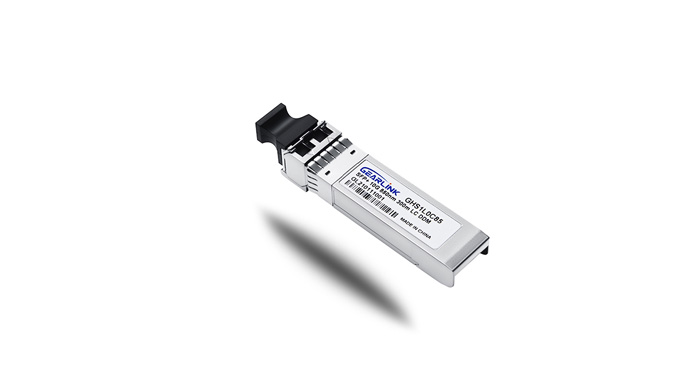
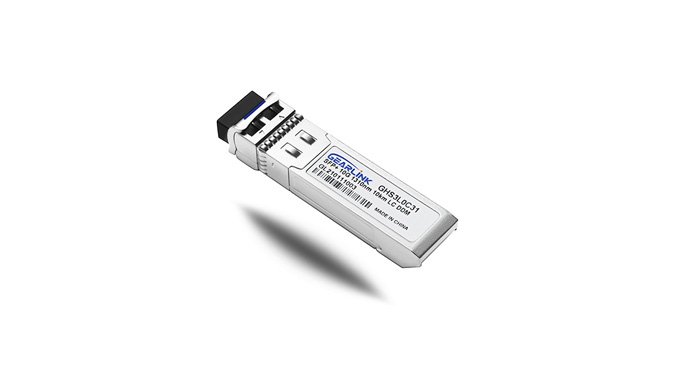
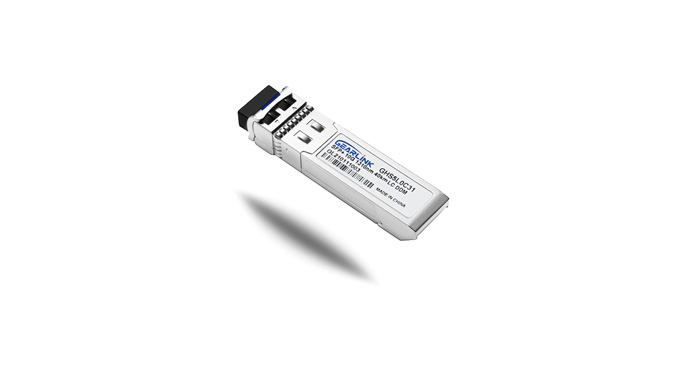
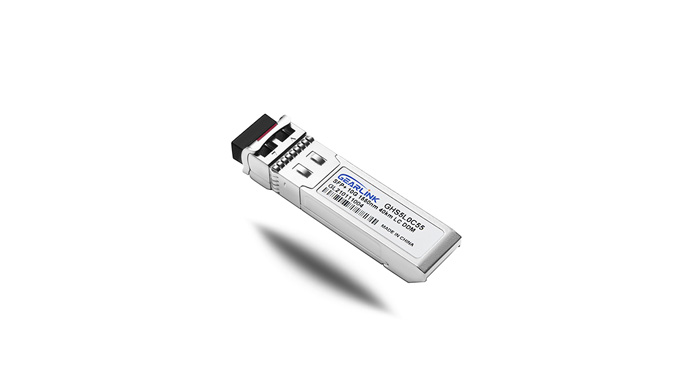
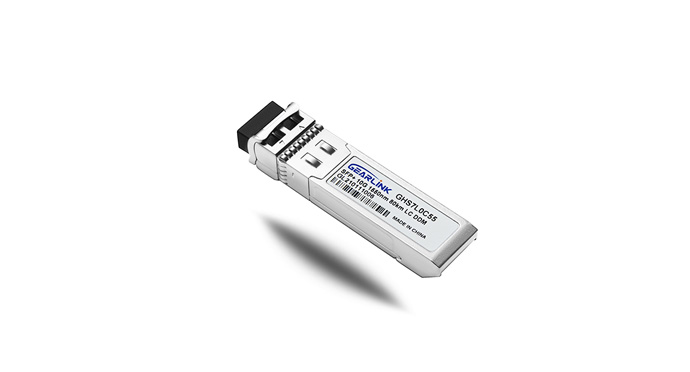
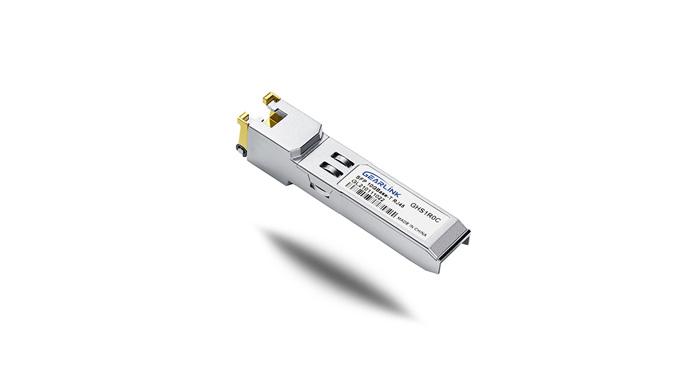
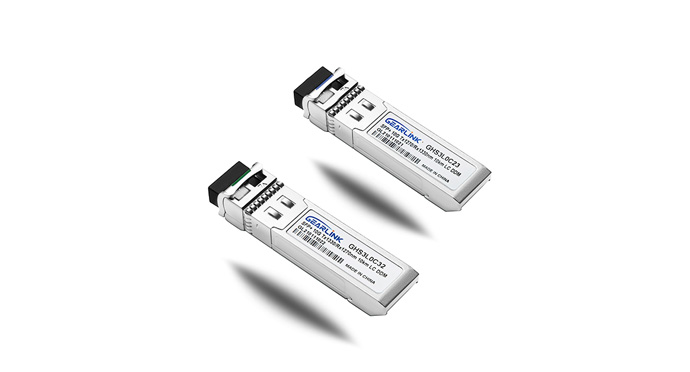
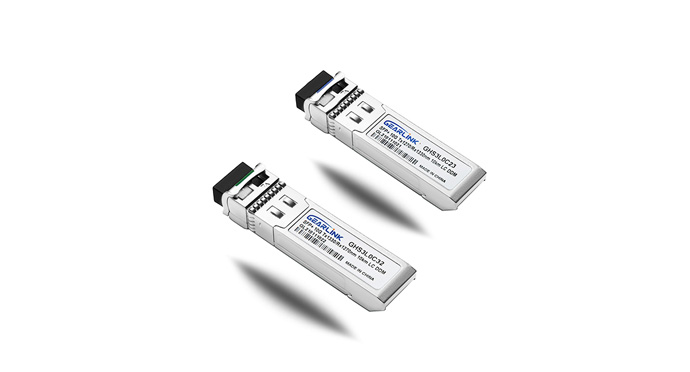
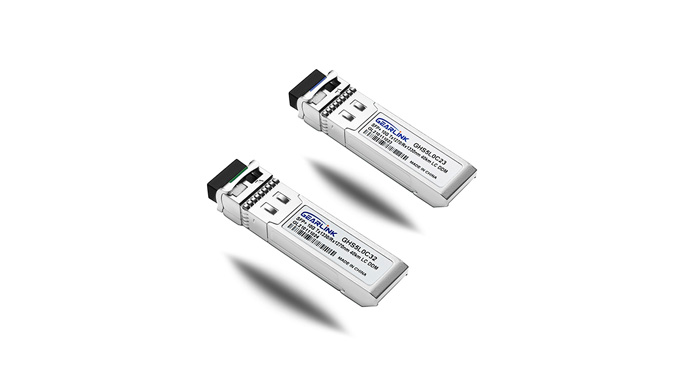
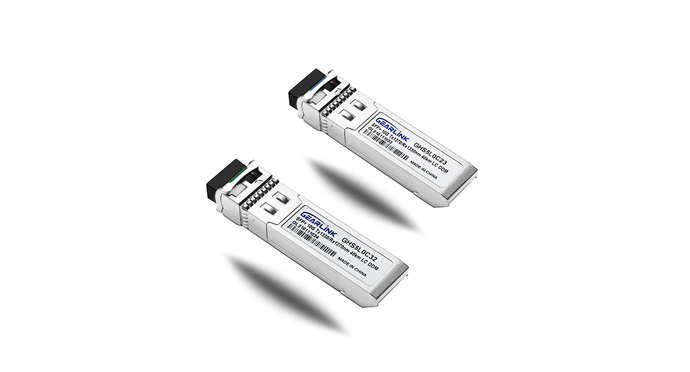
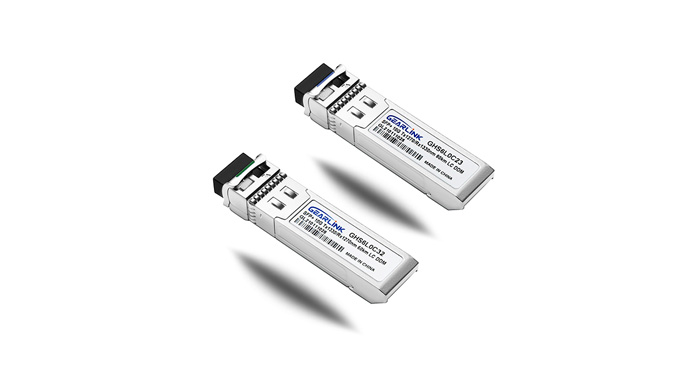
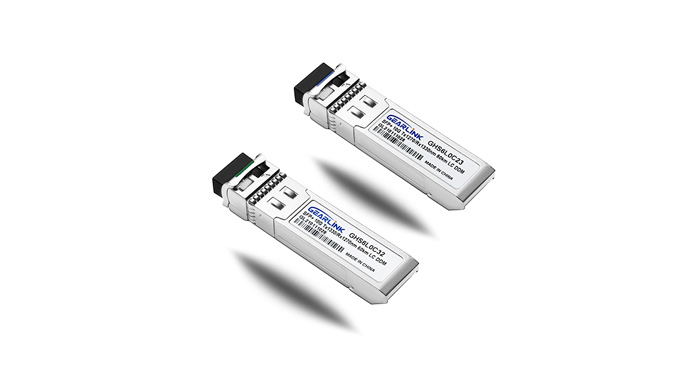
10G SFP+ optical modules are divided into 10G SFP+ dual-fiber, 10G SFP+ single-fiber, and 10G SFP+ electrical port modules.
According to working wavelengths, they are divided into 850nm/1310nm/1550nm/CWDM/DWDM and other wavelengths.
According to the mode, they can be divided into multi-mode modules and single-mode modules. Multi-mode is used for short-distance transmission, and single-mode is used for medium and long-distance transmission.
Hot Pluggable
LC Connector Interface
Power Dissipation < 1.5W
Single +3.3V±5% power supply
Operating data rate Up to11.3Gbps
SFF-8472 Digital Diagnostic monitoring
PDF compliant mechanics (SFF-8432 Rev 4.3)
All-metal housing for superior EMI performance
Single Mode LC Receptacle Bi-directional Transceiver
Commercial: 0℃ +70℃ and Industrial: -40℃ to +85℃ available
10Gbps Optical systems
LTE systems
1000 Base-LX Ethernet
10GBASE-LR/LW 10G Ethernet
10GFC
8GFC
10GBASE-LW at 9.953Gbps
Other Optical Links
When the transmission distance and working wavelength of the optical module is as required, 10 Gigabit optical module can take place of Gigabit optical module, while the Gigabit optical module cannot be used as a 10 Gigabit optical module. So they are not universal.
The SFP+ 10G optical transceiver is an optical transceiver with SFP+ packaging and a 10G transmission rate. The difference between the SFP+ optical transceiver and the fiber optic transceiver is that the SFP+ optical transceiver supports hot plugging and saves space, but the price is more expensive than the fiber optic transceiver. Secondly, the place of application is different. The optical fiber transceiver is a kind of relay device, which has a power supply and can be used alone. The optical transceiver is a functional transceiver , which can only be used when it is plugged into a switch and other equipment
10G SFP optical transceiver, refers to the optical module with SFP+ packaging and a transmission rate of 10Gbps.
The main difference between 10 Gigabit and Gigabit optical transceivers is the transmission rates, which of Gigabit optical transceivers is 1000 Mbps and of 10 Gigabit optical transceivers is 10 Gbps. Gigabit optical transceiver is packaging in SFP and 10 Gigabit in SFP+, which has a better anti-static shielding effect than SFP, but no obvious difference in the appearance and size. Gigabit optical transceivers are used in Gigabit Ethernet, dual-channel and two-way transmission synchronous optical network (SONET), while 10 Gigabit optical transceivers are used in 10 Gigabit Ethernet, STM-64 and OC-192 rate standard synchronous optical networks (SONET), and 10G Fibre Channel.
In the optical transceiver , XG refers to the 10G optical transceiver , 10G
SR stands for multi-mode, usually the transmission distance is relatively short
LR generally refers to the transmission distance of 10km
XFP refers to the package of the optical transceiver.
Yes, it is generally backward compatible.
